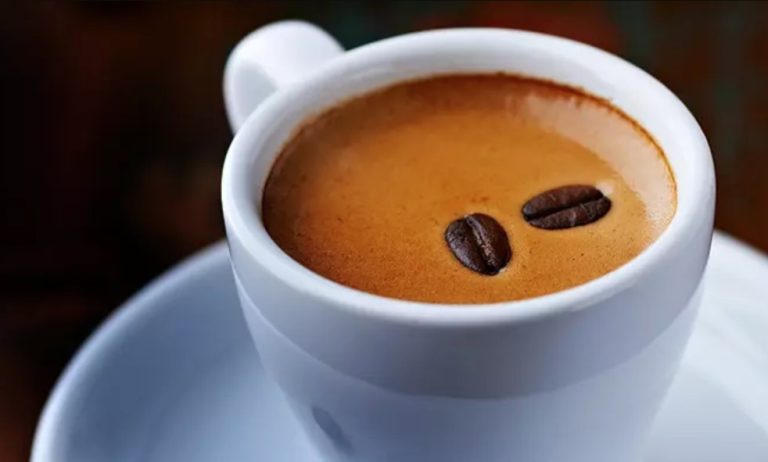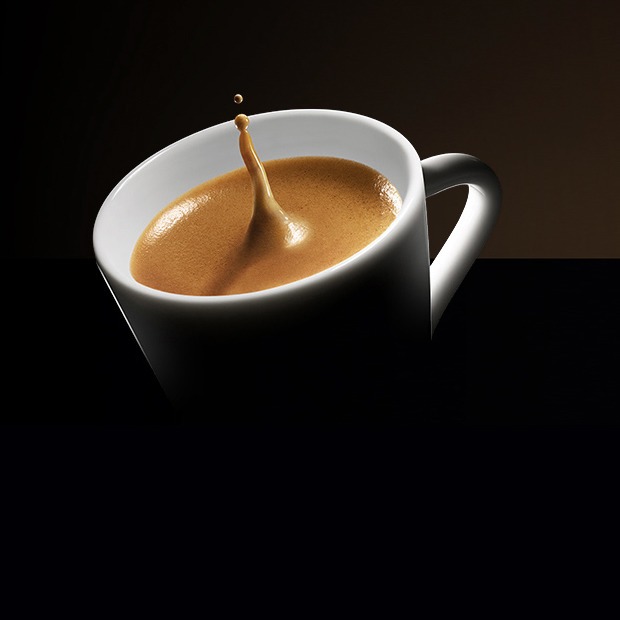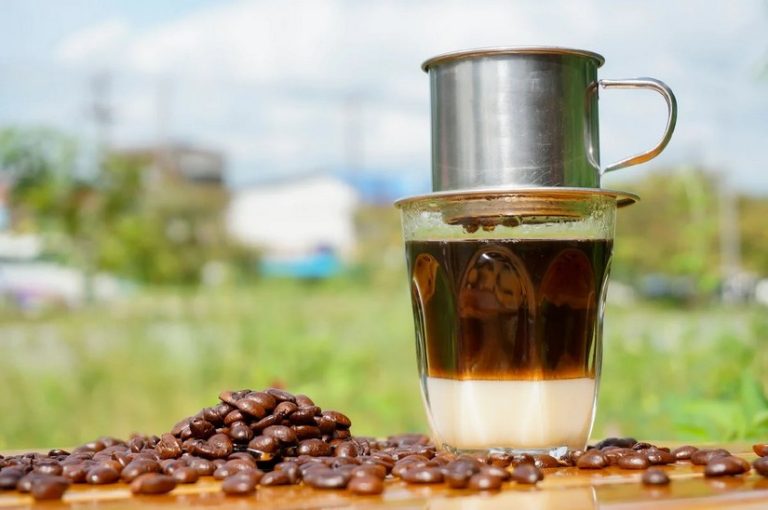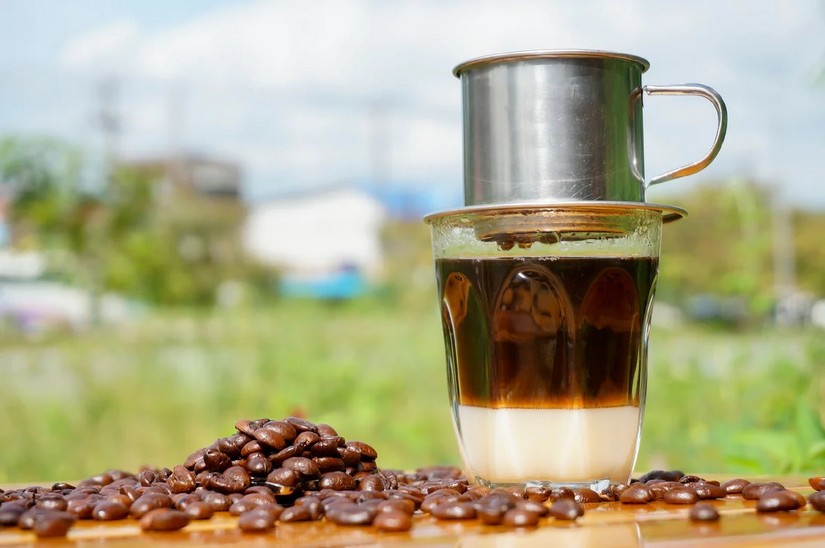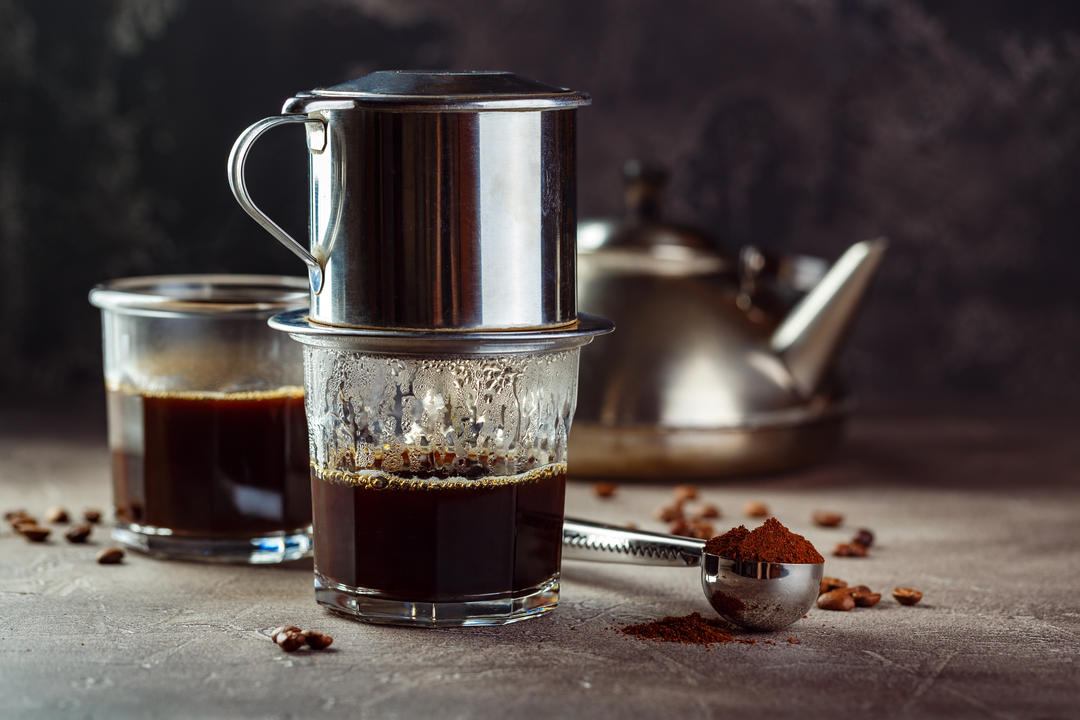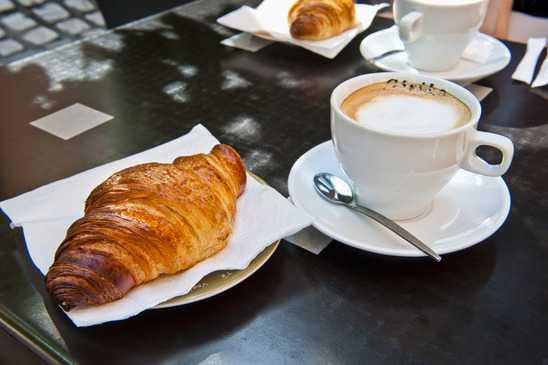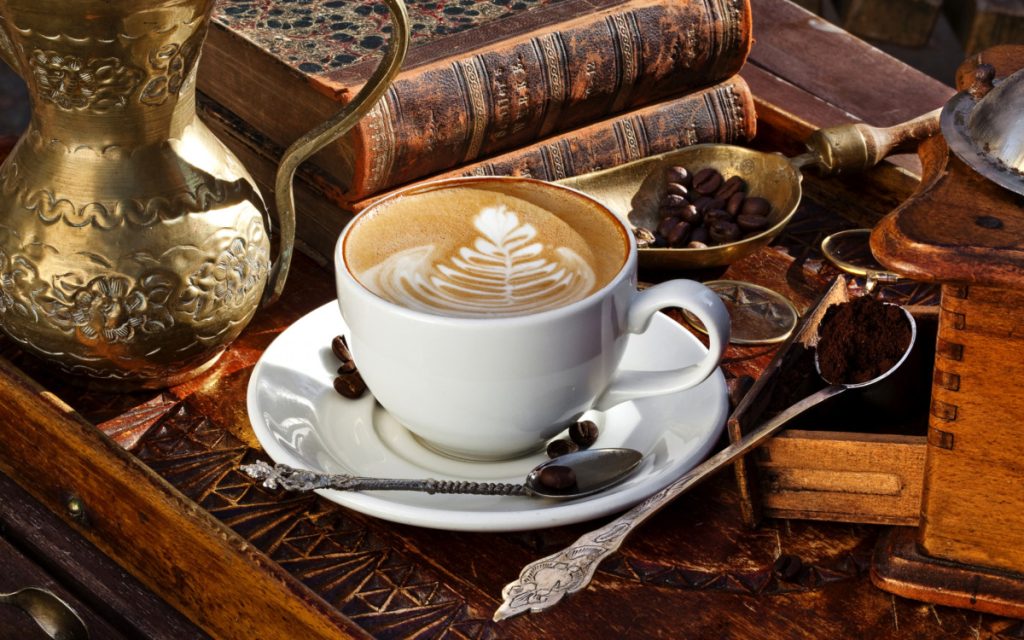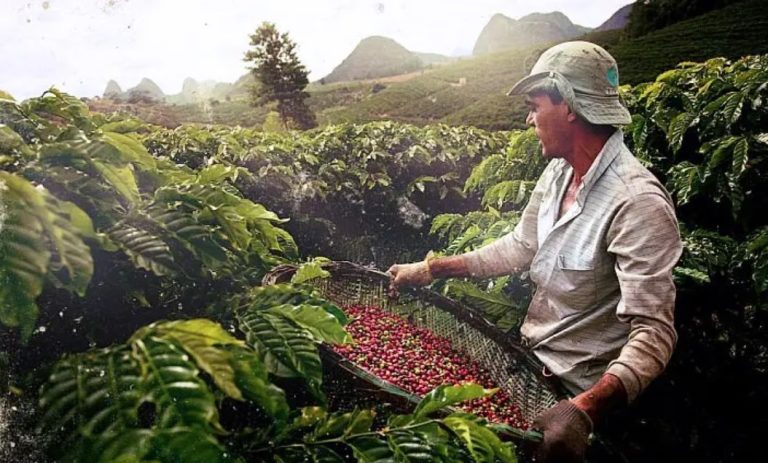Coffee culture and coffee specialties from Mexico

Mexico, known for delicious tacos and the world-famous drink tequila. But did you know that Mexico is also a coffee-growing region or have you ever heard of the Café de Olla? Read on to learn more about Mexican coffee culture.
Coffee cultivation and Mexican Chiapas coffee
Mexico is now almost among the top 10 on the list of the largest coffee producers. In addition to a small proportion of Robusta, Arabica beans are almost exclusively grown in southern Mexico. Arabica is characterized by a mild, balanced taste and only has a very fine acidity.
Mexico supplies the whole world, especially with their aromatic, Mexican Chiapas coffee from the province of the same name, right on the border with Guatemala. The tropical climate in the state of Chiapas provides ideal conditions for coffee cultivation. The Mexico SHG from Chiapas has a soft, velvety, mild character.
Café de Olla – Recipe for the Mexican coffee specialty
The coffee specialty in Mexico is the well-known Café de Olla (German: “coffee from the clay pot”). The café de olla is very sweet and is traditionally made with brown sugar and cinnamon. In Mexico, coffee is a popular choice for breakfast, and in some parts of Mexico it is still drunk from old clay cups. This gives the otherwise sweet hot drink an earthy note.
Café de Olla consists of black coffee, which is cooked with a good portion of cane sugar, also known as piloncillo, and refined with cinnamon. The pinch of cinnamon in particular gives the coffee its unique and sweet aroma. You can also easily prepare Café de Olla yourself at home:
Ingredients:
1 cinnamon stick / cinnamon spice
6 tablespoons dark roasted and coarsely ground coffee
75g brown cane sugar
600ml water
Possibly cloves and a piece of orange peel
Directions:
First bring the water to a boil in a saucepan, then dissolve the cane sugar in it. Add the cinnamon stick, simmer gently, stirring frequently. Then add the coarsely ground coffee powder, stir and let steep for 5 minutes. Filter the coffee into cups and then carefully pour it through a fine sieve into the cups. Complete!
The Mexicans also like to add cloves, an orange peel or dark chocolate as flavor additives.
This is how Mexicans drink their coffee

Admittedly, Mexico doesn’t really have a coffee culture like we know from other countries. A black café americano is usually served for breakfast or a café de olla is drunk. A cappuccino or latte macchiato is usually only served in trendy cafés in the city. In rural areas, Mexicans also use instant coffee powder, which is brewed with hot water.



